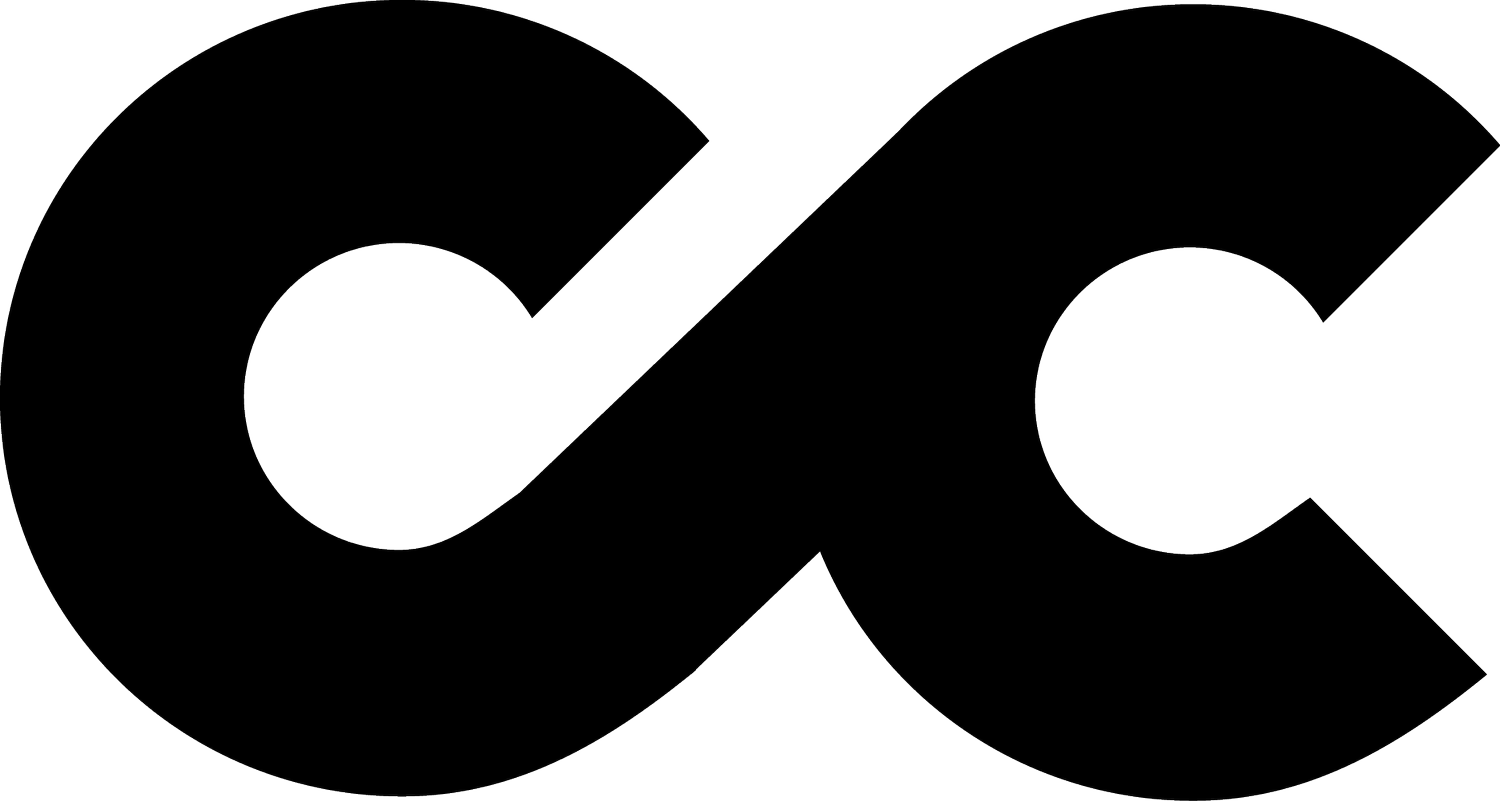4 simple tips to improve website bounce rate
What is bounce rate?
The most common way to identify bounce rate is through Google Analytics or your websites built-in analytics platform. Websites built via platforms such as Squarespace or Wix will usually have their own analytics.
To identify your bounce rate in Google Analytics, you will want to open the "Behavior" tab and in the "Overview" section you will see "Bounce Rate." Adjust the date range to view your metrics across different timeperiods.
Google's official site defines bounce rate as: A bounce is a single-page session on your site. In Analytics, a bounce is calculated specifically as a session that triggers only a single request to the Analytics server, such as when a user opens a single page on your site and then exits without triggering any other requests to the Analytics server during that session.
How is bounce rate calculated?
Bounce rate is single-page sessions divided by all sessions or the percentage of all sessions on your site in which users viewed only a single page and triggered only a single request to the analytics server.
Is your website bounce rate high?
This is a question with no generic answer. The average bounce rate varies hugely from industry to industry, but here are some averages you can work to if unsure:
As a rule of thumb, a bounce rate in the range of 26 to 40 per cent is excellent. 41 to 55 per cent is roughly average. 56 to 70 per cent is higher than average, but may not be cause for alarm depending on the website. Anything over 70 per cent is disappointing for everything outside of blogs, news, events, etc. We expect these types of websites to have high bounce rates.
What can you do to improve your bounce rate?
Start by identifying what your bounce rate currently is and check this against industry averages.
1. Review your landing pages - If you run any advertising campaign, you must be directing traffic to a particular page on your site. These are your landing pages. Identify if these pages can be improved in any way. You should really be looking at site loading time, page loading time, the aesthetics of the page but also ensuring this landing page is the right page for the advert you're running. If you are running ads for women's shoes, for example, you don't want to be directing traffic to the women's socks page.
Here is some additional information on website design tips.
2. A/B test your pages - Again if you're running an advertising campaign you should A/B test your landing pages. This means creating duplicate ads with the same ad text and images but pointing the traffic to 2 (or more) different pages on your site.
You then compare the conversion rates to see which page works best for that specific ad.
For example, if I'm running a campaign for a running shoe store. I would create a unique ad for each page. For one ad, I might direct the traffic to a page that talks about how the shoes are helping people live a healthier lifestyle while for another I might direct the traffic to a page that talks about the newest colours and designs.
I've found this can make a huge difference in not just bounce rate but conversion rate too. Try sending traffic to both it's "relevant page" and your home page for example.
3. Organic listings - If you get a lot of organic traffic be sure to review click through factors such as your meta descriptions. Although these don't directly influence your SEO they do influence your CTR (click-through rate) and therefore website traffic. You should ensure that your meta descriptions are up to date and provide an accurate description of the page the potential customer will be taken through to. Ensure they aren't too long or too short either.
4. Page load time - This is crucial to reducing your bounce rate. The average time it takes to fully load the average mobile landing page is 22 seconds. However, research also indicates 53% of people will leave a mobile page if it takes longer than 3 seconds to load. Check out the Google speed checker to review your site.
Find the pages that are taking the longest time to load and look at them to see why. Make sure images are optimised, make sure you are minifying your JavaScript codes, minify your stylesheets, make sure the pages are not too large.
5. Internal links - Use on page (internal) links to link pages of your site together. For example, if you've got the text SEO services in your blog post, ensure this is linked to your SEO services information page.
Your internal links shouldn't be reliant on any one page of your website. Quality content is key to Google ranking you, so ensure your links are spread out, rather than all pointing towards one page.
If you've got a logo or image on your blog post, ensure this links to a relevant page and ensure any social media links on the blog post are linked to the relevant social media sites.

